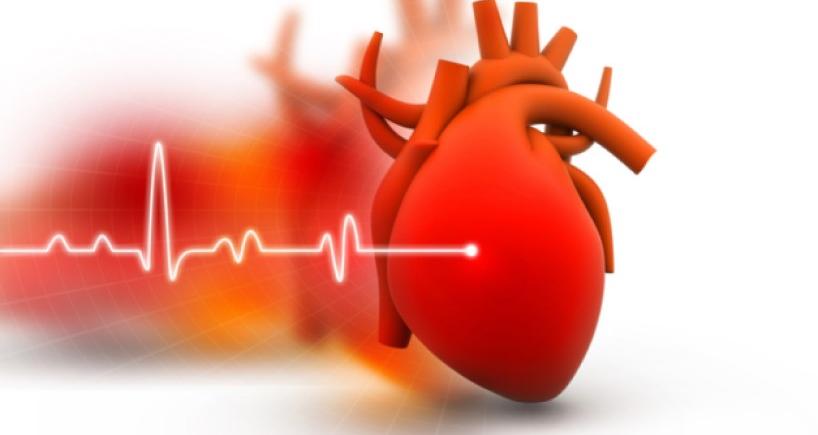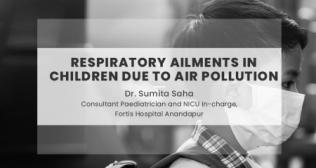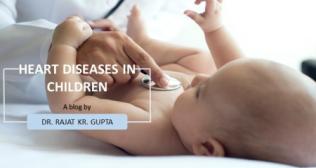
Congenital Heart Disease & Winter at Fortis Escorts Heart Institute
A baby with known congenital heart disease :-
The weather gets cooler and the impact is seen in all of us. This is a season of respiratory illness especially in infants and young children. So a natural question that arises is how illnesses like the flu and the respiratory syncytial virus ( RSV) affect our patients with congenital heart disease. Infants and young children regardless of the heart disease can often have more severe courses of flu, RSV, and other respiratory illness. The predisposition is because of a relatively underdeveloped immune system as compared to the adults.
With minor defects such as small atrial septal defects, restricted ventricular septal defects or restricted patent ductus arteriosus the effect is the same as in any other child. In children with significant flow across the shunt such as moderate or large defects such as ASD, VSD, or PDA when there is a significant flow to the lungs the effect of any infection gets significant as it is a significant load on the heart, lungs are a fertile place for the respiratory illness with increased exposure of blood to airborne infections. The child who is awaiting surgery may have to wait for about six weeks after chest treatment for chest infection before he can be offered the surgery.
Certain measures may appear small such as using the handkerchief while sneezing, keeping away from infective environments, and washing hands, these go a long way in keeping the infections away, especially from a patient who has a large congenital heart defect and is awaiting surgery. Any sign of increased breathing, fever, and increased feeding difficulty should not be neglected and a physician consultation sought for the same especially when there is underlying congenital heart disease. Immunization especially for respiratory illness is an important measure to prevent respiratory infection in children and this is very highly true for babies with congenital heart disease.
A baby where one might suspect they are suffering from heart disease
Does the child have repeated chest infections?
Frequent chest infections may be the only feature of heart disease in a child. Upper respiratory infections like common cold, mild cough, or hoarseness are not related to heart disease. Chest infections usually manifest with fever, fast breathing, and indrawing of the chest and usually require antibiotics for recovery. More than one episode of lower respiratory tract infection in a year may be the only clue to the existence of congenital heart disease in a child. The episodes are more marked in this part of the season.
Does the child have a feeding problem?
The inability to take feeds at a single stretch, especially when associated with sweating is an early manifestation of congenital heart disease. Feeding difficulty is considered to be present if the baby cannot such from the breast at a stretch for five minutes and becomes breathless during feeds. The baby may also sweat during feeds and stop after taking a small feed. The baby continues to be hungry and cries every ½ to 1 hour for feeds.
Does the child have unsatisfactory weight gain?
Infants with congenital heart disease have poor feeding patterns and hence have poor weight gain. A pediatrician is an important person who can guide you and monitor the same.
Have you noticed that your child is not able to keep pace with his/her friends of the same age, especially in physical activities such as playing?
A diseased heart cannot cope with the demands of exertion and during competitive sports. The child may need evaluation by a paediatric cardiologist.
Have you noticed that the child is blue?
Blueness is an important indicator of heart disease. The earlier the blueness appears, the more serious is the heart defect. Some of the blue babies are prone to episodes of “Cyanotic spells” characterized by an increase in the rate and depth of breathing with an increase in blueness. This may go on to limpness, convulsion, or unconsciousness. Get the child evaluated by a competent doctor in case you find him blue. Echocardiography (ultrasound of the heart) is a very important and safe diagnostic modality that helps to diagnose many of these congenital heart diseases and should be done by a competent doctor trained in echocardiography of children.
Categories
Clear allMeet the doctor

- Paediatrics | Paediatric Cardiac Sciences
-
20 Years
-
1500

















